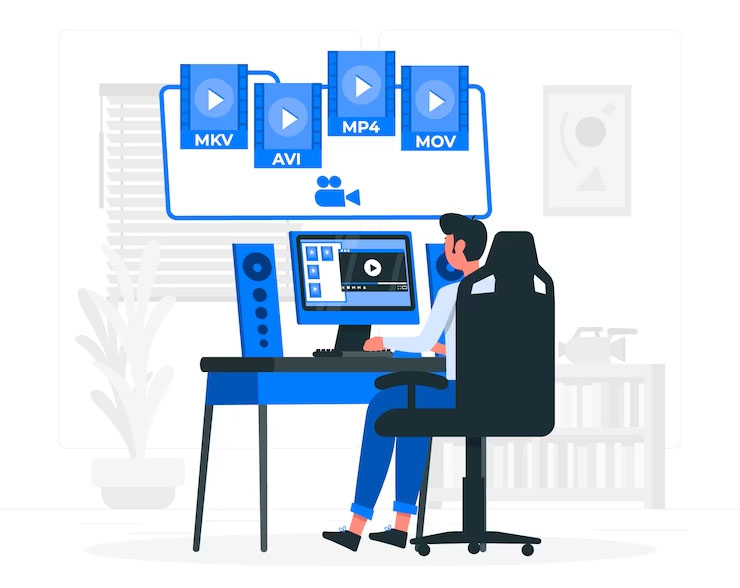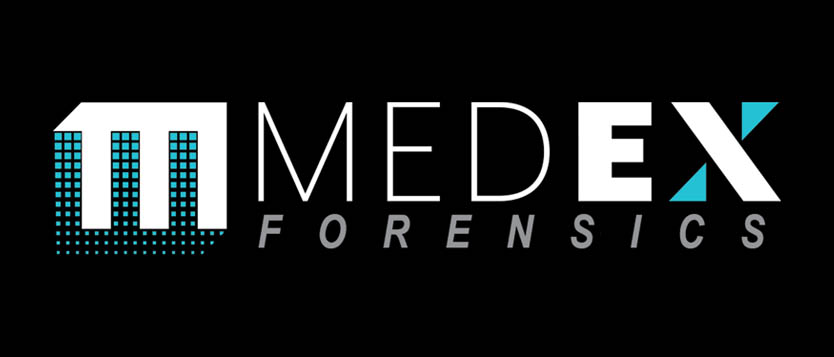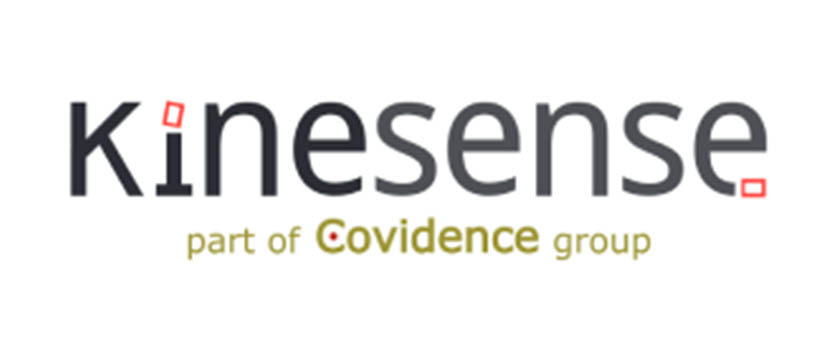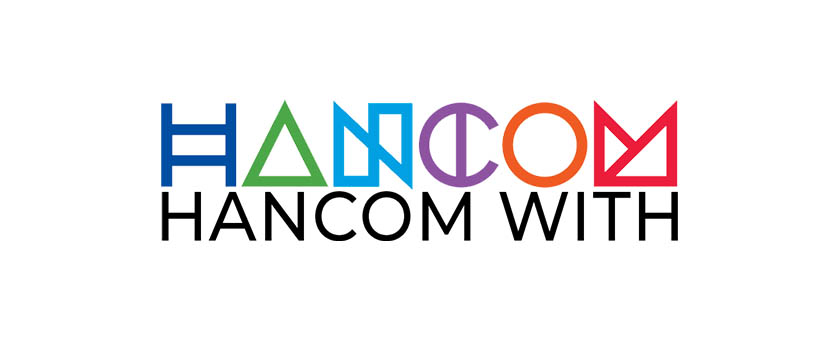Image and Video Forensics
The Science of Breaking Codes




Image and Video Forensics: Overview
In the field of digital forensics, image and video forensics are one of the essential requirements. They involve the meticulous analysis and examination of digital images and videos to determine their authenticity, origin, and any manipulation or tampering that may have occurred. Moreover, they can be utilized to extract information from digital media that may not be visible to the naked eye, such as hidden or deleted data. This information can be used to identify suspects, uncover evidence, and provide leads for further investigation. They are used to investigate various crimes, including fraud, child pornography, and terrorism. Image and video forensics can play a pivotal role in verifying the authenticity of digital media used in social media and online news sources. In an era of fake news and misinformation, digital forensic experts can help to verify the accuracy of images and videos used in news stories and social media posts.
The significance of image and video forensics lies in its ability to provide crucial evidence in legal proceedings, particularly in cases involving fraud, cybercrime, and intellectual property theft. Forensic experts can scrutinize digital images and videos to determine if they have been altered or manipulated, thereby establishing the authenticity and integrity of the evidence. It also includes a variety of techniques such as image analysis, metadata analysis, video analysis, compression analysis, steganography detection, source identification, and super-resolution analysis etc. It can be a challenging field due to the wide range of techniques and technologies involved, but it can be a valuable tool for determining the validity of digital media in criminal investigations.
Image and Video Forensics Challenges:
Our Image and Video Forensics Partners
Contact us today to learn more about our products and services.
We are headquartered in Gurugram & Regional Offices in Mumbai, Delhi, Bangalore – India.











